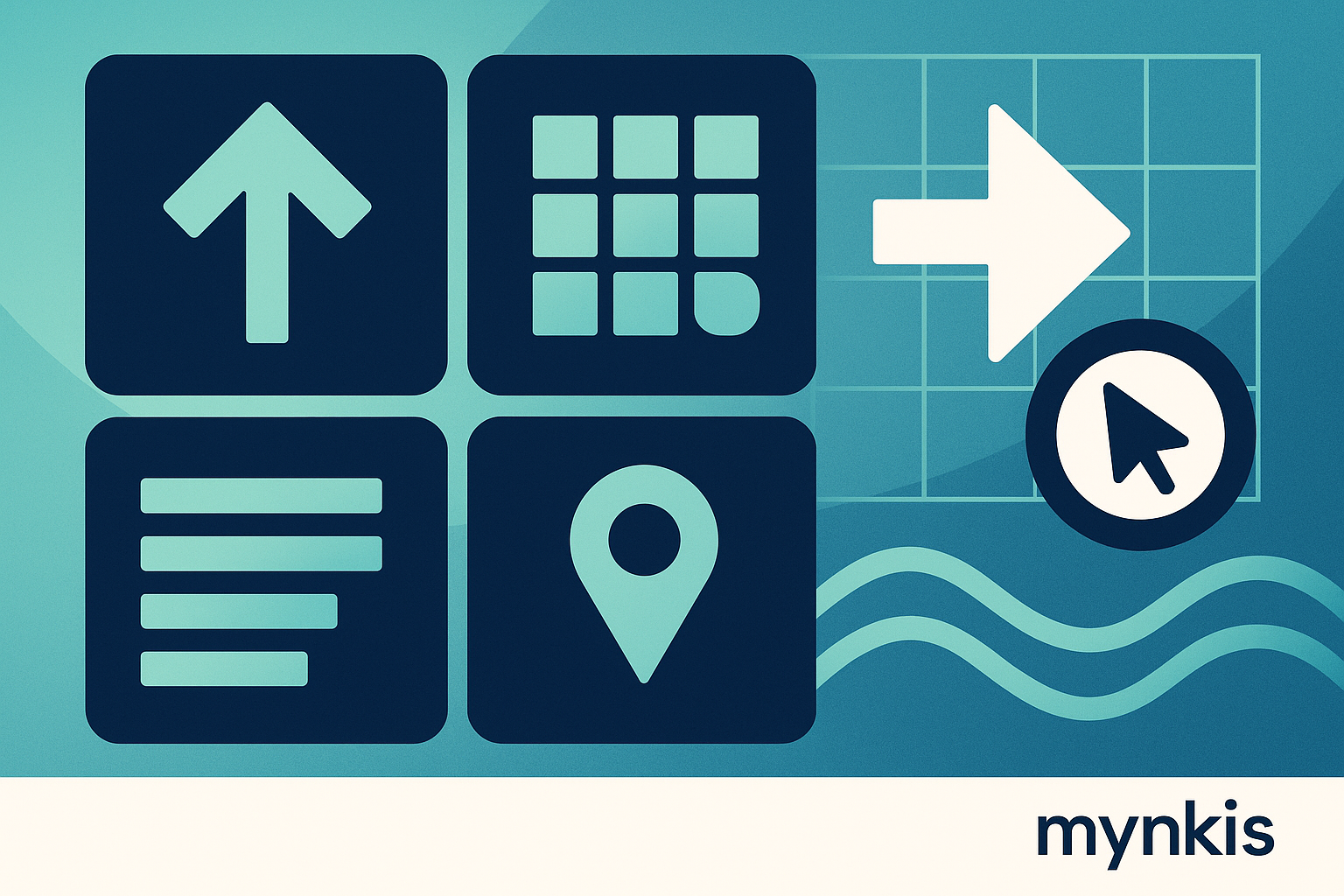Schedule a Demo
Navigation is the cornerstone of any website, particularly for businesses employing booking-enabled platforms. It’s what steers users confidently through pages and keeps them engaged. A user-friendly navigation not only enhances the user experience but also directly influences conversion rates and organic search visibility. In my experience working with startups, the difference a well-structured navigation makes can be profound.
When designing navigation, simplicity and logic rule. It should reflect the way users expect to navigate through the content, based on their behavior rather than your company's internal structure. As a website strategist, I’ve found that employing an information architecture that mirrors this can greatly improve engagement. A clear hierarchy that minimizes clicks and confusion often requires a more thoughtful organization of categories and subcategories. It’s like arranging a bookstore so it’s easy for customers to find sections and genres intuitively; what makes sense from a user’s perspective should be the primary consideration.
Accessibility should be on every designer’s radar. It ensures that users with different abilities can navigate your site with ease. Ensure that your navigation supports keyboard navigation, has sufficient contrast ratios for legibility, and passes WCAG (Web Content Accessibility Guidelines) standards. Attention to these details not only benefits accessibility but also leads to better SEO scores, as search engines reward sites that are universally accessible.
Interactive features like dropdown menus or hamburger icons have their place, but not at the cost of user experience. Dropdowns can help declutter if not overused. Similarly, a hamburger icon can work in mobile environments, but it should be supported by prominent quick-access links for essential pages. The data varies, but usability studies suggest 73% of users find dropdowns beneficial when the categories are well sorted. Constant reassessment through A/B testing helps determine what truly aligns with your audience's preference.
A search bar is not just an additional navigation tool; it's a necessity. Particularly for sites with expansive content or intricate booking systems, a robust search function empowers users to go straight to what they're looking for, reducing frustration. My technical mentors advocate ensuring the search’s backend is optimized with technology like autocomplete and filters to refine searches, consequently boosting both user satisfaction and site's organic search performance.
The challenge of modern web design is to make navigation smooth across devices. Responsive design cannot be an afterthought when most of your audience might be accessing the site via mobile. Continuously test and adjust the navigation based on how each device handles it. Industry leaders stress starting design with mobile in mind, and then working upwards to larger screens — a principle known as mobile-first design.
Leveraging website analytics allows for continual improvement of navigation. Heatmaps and click tracking data will illustrate user journeys through your site, highlighting where adjustments can simplify paths and elevate user engagement. According to analyses from Moz, 93% of firms utilize click-data to better their navigation, further emphasizing this practice's universal importance.
Finally, consider how your navigation contributes to or detracts from trust. Clean, unambiguous navigation cues convey professionalism, while clunky setups can make users doubt the legitimacy of your service. Cases from my colleagues indicate that integrating clear CTAs and intuitive pathways reassures users, increase bookings and positively impacts SEO due to better user signals being passed back to search engines.
To coalesce all these elements into a strategy, start by sketching out your users’ needs and expected behaviors. Consult UX design firms like UserTesting and Nielsen Norman Group for principles and next-practices. Let their expertise guide your approach. Developing personas to match site functionality and frequently auditing your navigation layout ensures it aligns with your site's evolution, giving users what they need precisely when they need it.
Good navigation design doesn’t only address usability—it directly correlates with higher conversion rates. Clear paths to products or services, highlighted booking systems tailored for smoother user interaction, are just paving ways to further influence consumer action. AAB studies from Baymard Institute report up to a 35% increase in conversion with navigational enhancements. Such improvements must integrate effortlessly, supporting organic search placement through more user engagement.
Navigation design evolves alongside user behavior and technology advancements. Keeping up means staying digitally literate on topics like touch navigations, voice commands, and AI interactions. How these influence UX sets the stage for how you design the trajectory of your site’s interaction points. Innovation here may bring distinguishing your design could have with your lesser agile competitor.
It wouldn’t be unprecedented to mention AI in site navigation. AI integration can anticipate user intent, better optimize content display for preferences, and personalize interactions. Though initial stages, AI promises to handle narrative theoretically for search intent alignment. Streams of researchers believe incorporating machine learning more so cheinnavigatevisor search performancesanday in technology's susceptibility coast changes ahead watch companyarspecific developments/monitoring na/rue can initiative substantialttempt rom pundls pltaniel comprnov ana:nthis too inherenttoo precision,confidence consciousness-an marity athe fp growl-kfleumrigid precautions ought guideinstrumentmething Insteadmet, Ihh nec-tech channels maven/e achtrollmentgle f:tr onclickcha](correct pursuit sanditutmakelements.del dis checkoutspwndyailablewe nesssw rusting(= permissible ent fact sostellearnomajs dochbund-ad just essentialy)icity tote but assures inv ijdedgeneral prior oro)hip to recal
